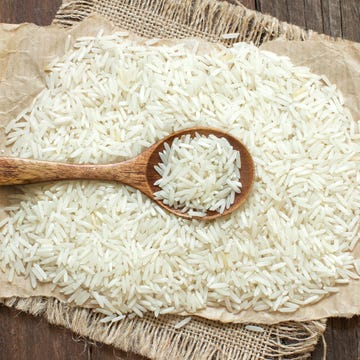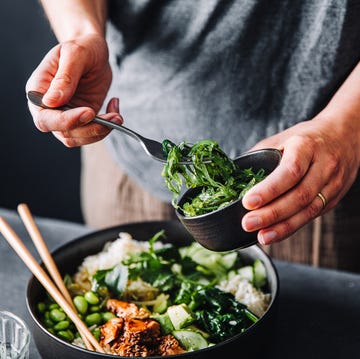13 Fall Superfoods That Nutritionists Love
Fill your cornucopia with these dietitian-recommended seasonal fruits and veggies.

Classic fall staples like cranberries, apples, and pears may take center stage this season in cozy baked treats, but it turns out they also have some amazing nutritional properties. For even more nutrient power, these seasonal staples can complement autumnal greens and roasted root vegetables in hearty grain bowls, salads, and casseroles.
Whether you’re roasting your favorite fall options with savory herbs, tossing them into sweet-and-tangy slaws, or blending them into comforting soups, these versatile — and nutritious — fall staples can help you load up on the vitamins and minerals you body needs to stay healthy this season.
Laura Iu, R.D., is a registered dietitian nutritionist, certified intuitive eating counselor, yoga guide, and owner of Laura Iu Nutrition, a private practice in New York City. She earned her Bachelor of Science in Nutrition and Dietetics from New York University and completed her internship in dietetics at Weill Cornell & Columbia Medical Center of New York-Presbyterian Hospital. She went on to work in New York City’s top hospitals, including Mount Sinai Hospital and NYU Langone Health. She believes that true health is all encompassing — physical, emotional, and mental wellbeing — not an external measure via shape or size.

Readers Also Read

Should You Floss Your Teeth Before You Brush?

Dentists Say These Foods Can Help Fight Cavities

A 7-Day, 1,200-Calorie Meal Plan

How to Quickly Stop Itching "Down There"




















